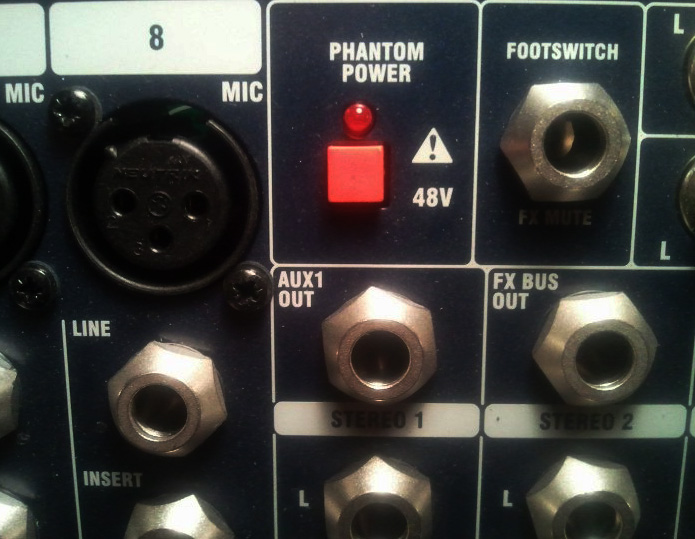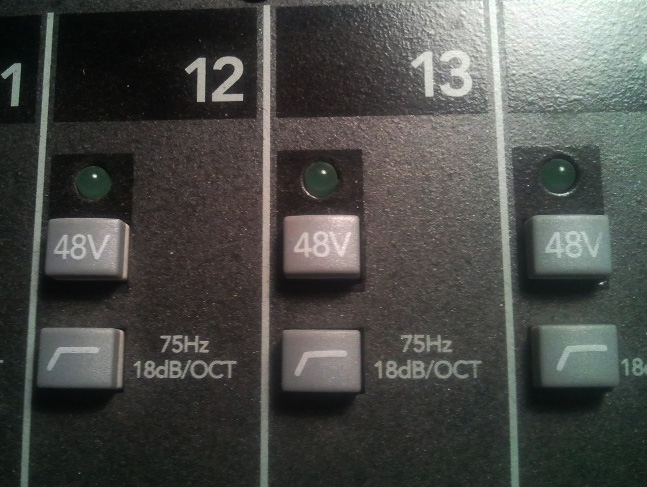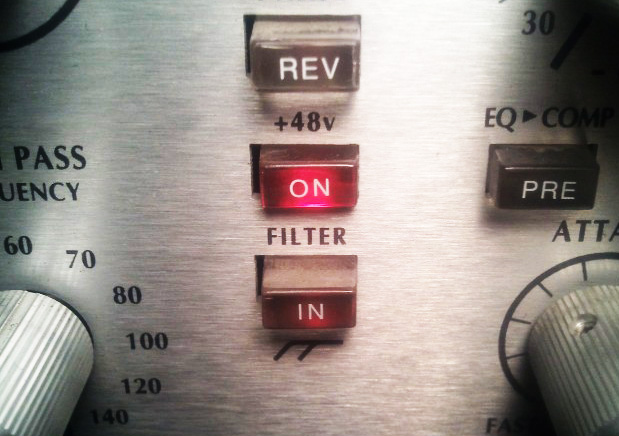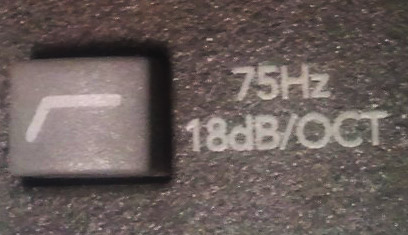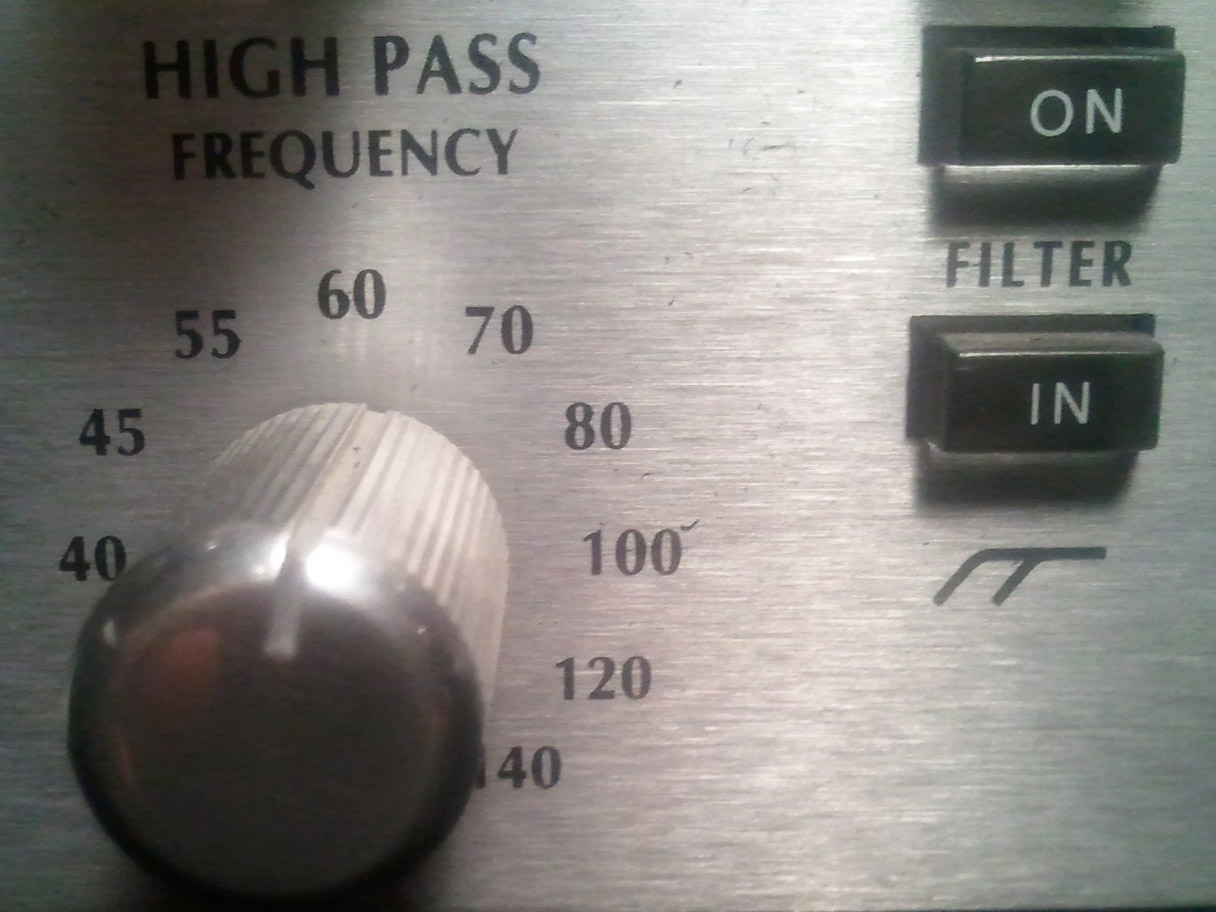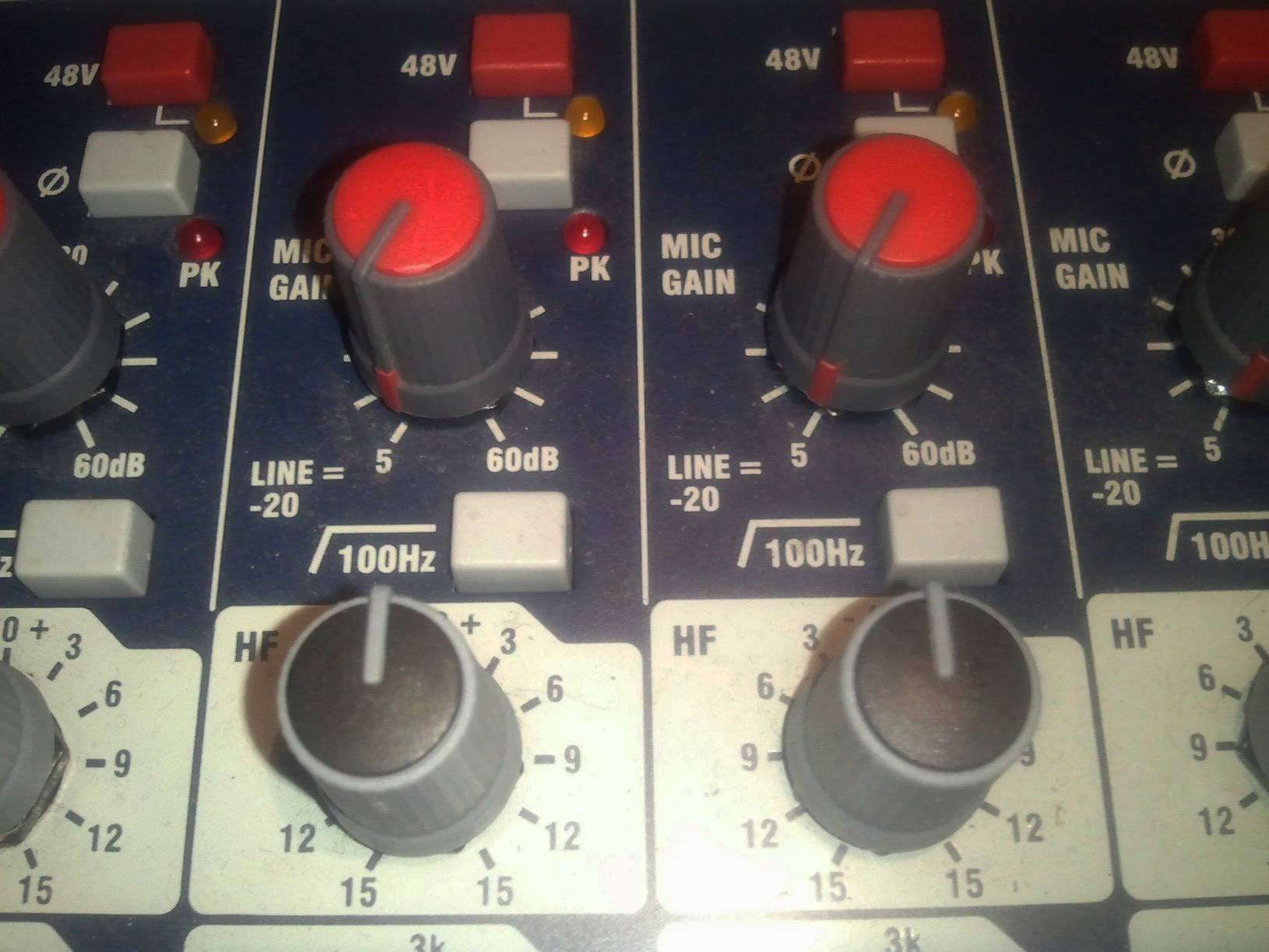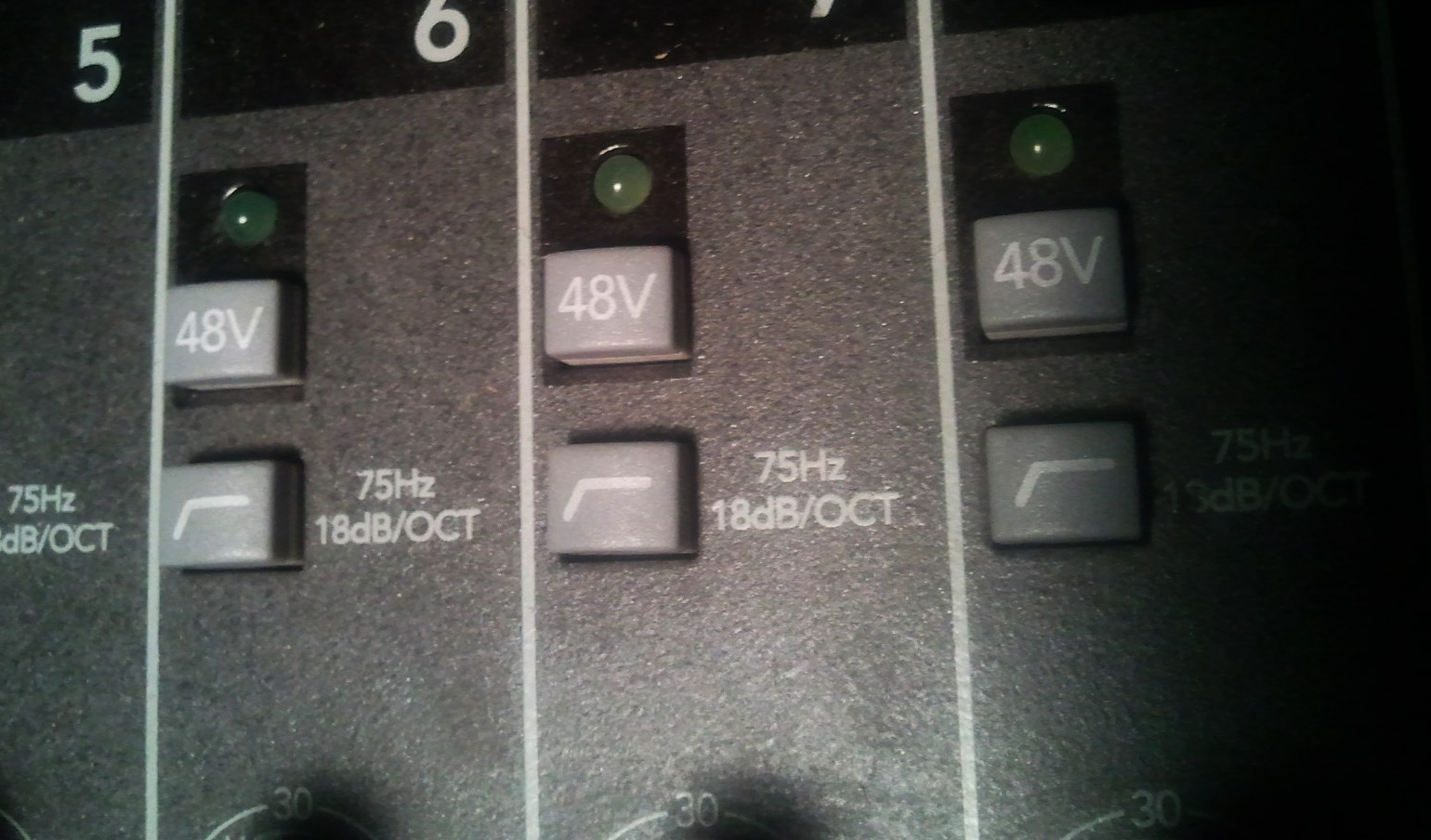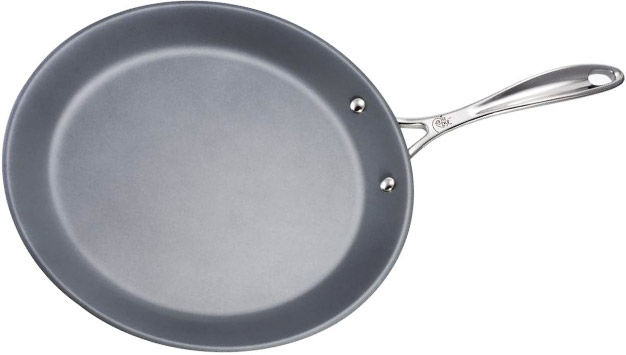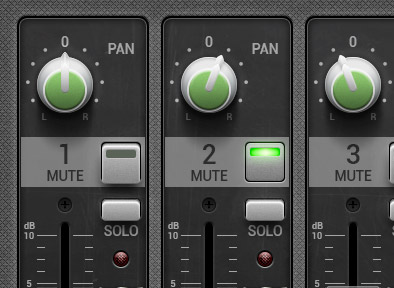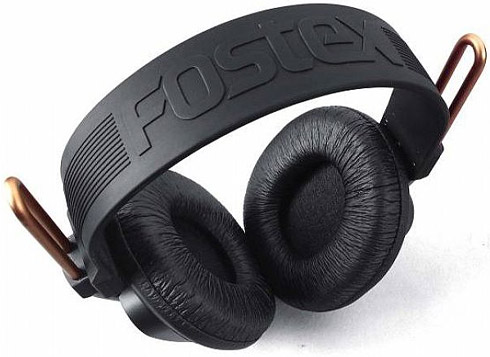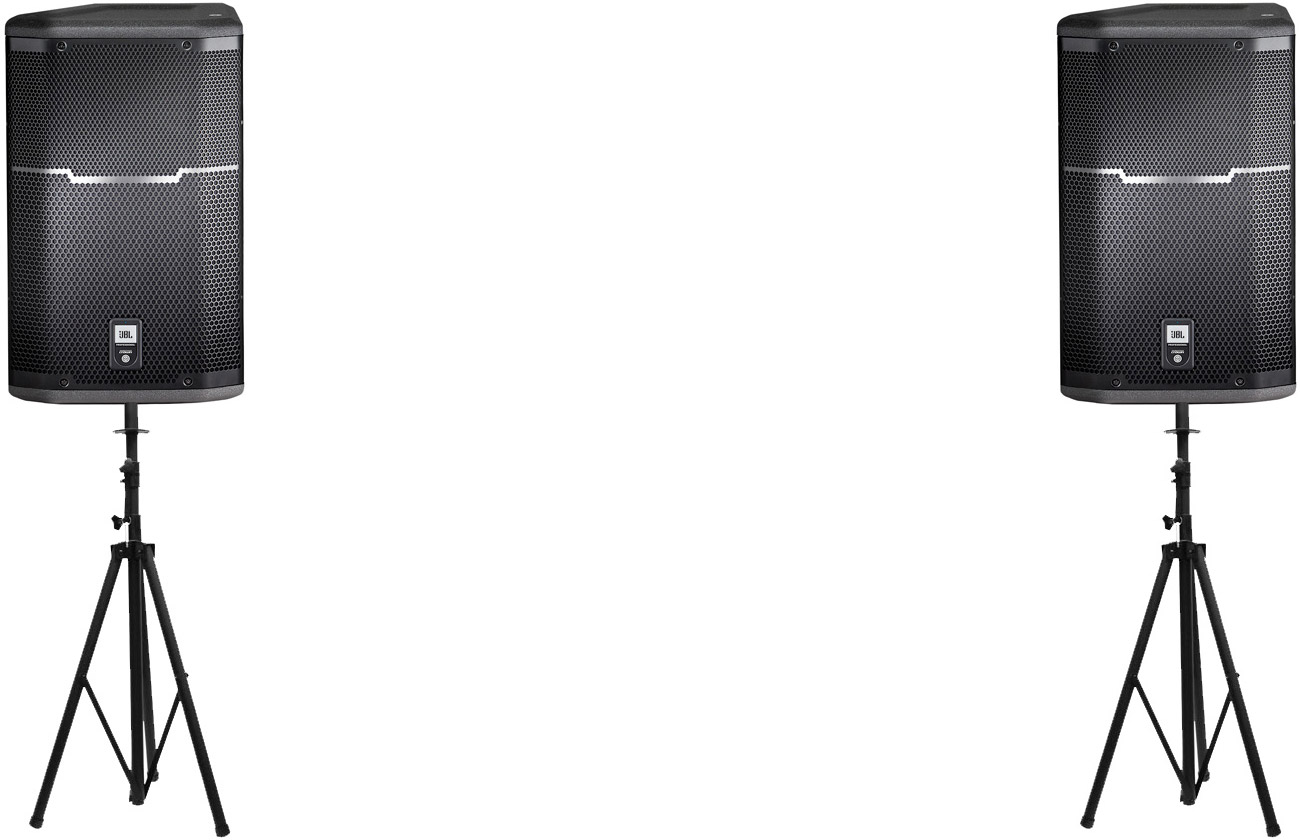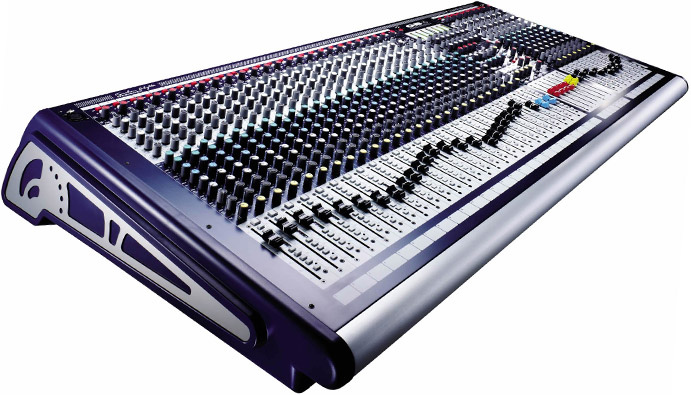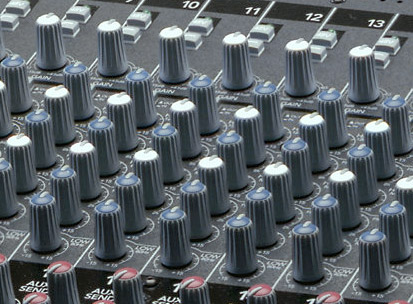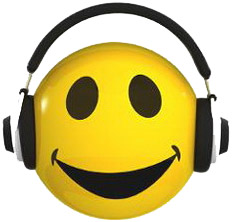Condenser Microphones and DI Boxes that have active circuitry in them require electricity in order to function. Some Condenser Mics and Active DI Boxes have slots to insert batteries. But, no one wants to have to constantly replace batteries.
Phantom Power to the rescue!
Phantom Power is DC Voltage (just like battery electricity) that is sent from a phantom power supply through an XLR cable to the Mic or DI Box at the other end.
Phantom Power Supplies can be stand alone units, but are most commonly built into soundboards. On smaller and lower end mixers, there will be one phantom power button or switch. Once enabled Phantom Power will be sent to all XLR channels. On larger and higher end mixing boards, each channel will have it’s own Phantom Power button or switch. Generally stand alone preamps, used in recording studios, will have a phantom power button or switch.
The amount of voltage generally supplied is 48 volts. However, many condenser mics and DIs don’t require a full 48v. Some only require 9, 12 or 24 volts and have built in transformers to reduce the voltage and not damage the mic or DI box.
Most times it will be labeled as “48v” instead of “Phantom Power”. (same thing)
Virtually all modern mics and DI boxes that do not require phantom power (dynamic mics & passive DI boxes) will not have any issues if sent 48v. They simply will not use it. However, some vintage equipment (notably vintage ribbon microphones) can be severely damage if sent phantom power.
If you have the option, it’s best to only enable phantom power to the microphones that need it.
As well, if enabling phantom power, it’s a good idea to mute the channel(s) that will be affected before enabling it. Enabling phantom power can produce a loud pop sound. Once enabled (after the pop) it should not produce any other unwanted sound. If it does, your microphone or cable may be wired improperly.
Phantom power travels through the XLR cable on pins 2 & 3. Audio also travels through the XLR on pins 2 & 3. They do not affect one another. As long as the audio signal is balanced, phantom power does not affect the audio. You should not even know that it’s there! Hence the name, Phantom Power. Sneaky Sneaky!

